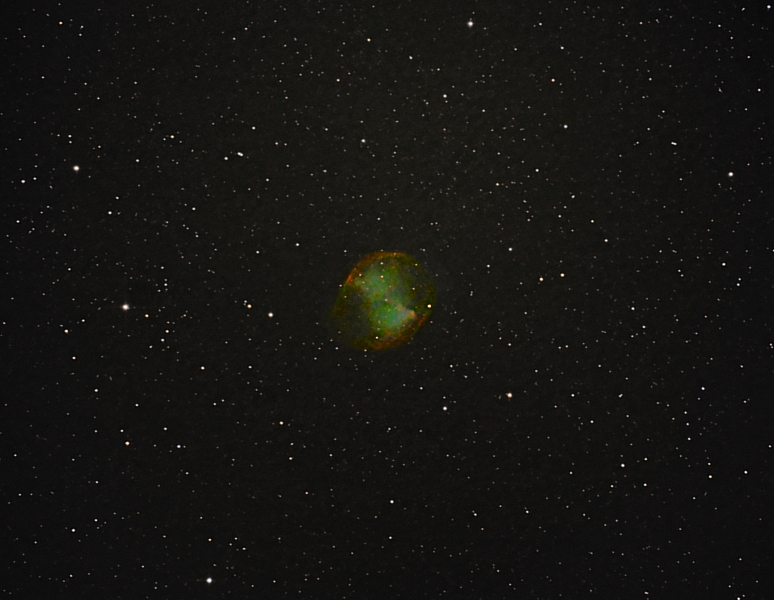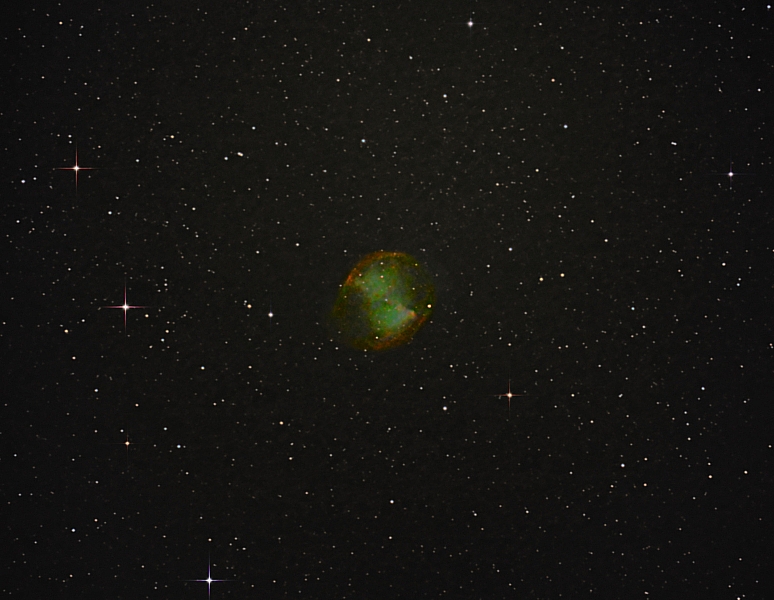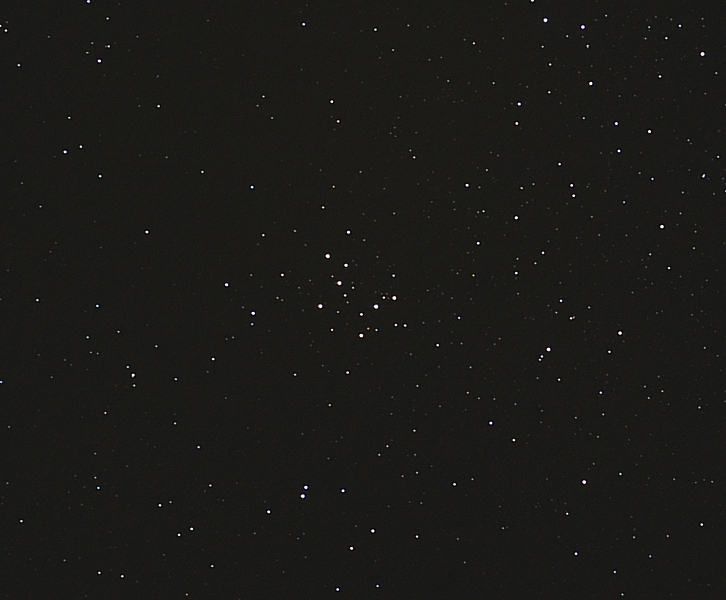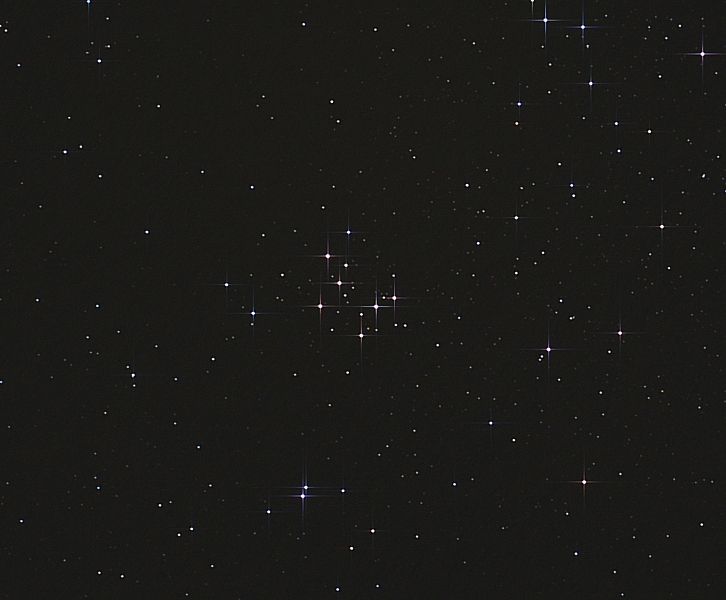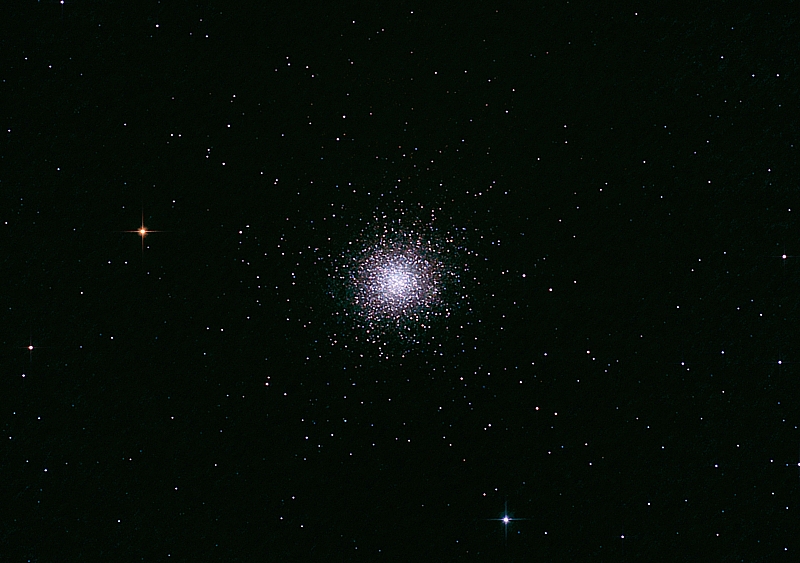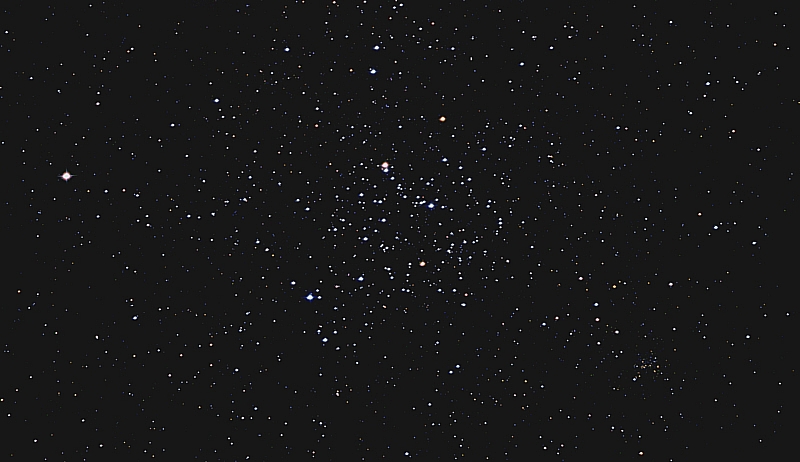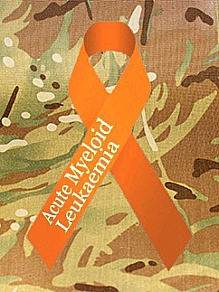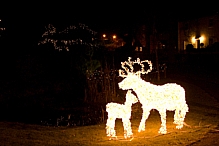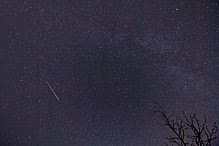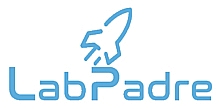The recent change in the weather's been bad for some, but good for others. Last night it provided an opportunity that I wasn't going to miss - the two previous evenings had started dark and clear, but were affected by fast-moving patches of cloud by the time I was free to observe. This time I figured that it would be better - the forecast sub-zero temperatures would only be achieved without the insulating layer of cloud, and so it proved to be - nice and clear except for an intermittent haloing of the brightest stars due to high-altitude conditions, probably ice-crystal formation.
I managed to give the scope only one hour or so to cool down before pressing it into service, but I wasn't going to be doing any high-mag work so it didn't matter that much. I took more time than usual getting a good polar-alignment, so by the time I'd got properly set up, it was quite late.
As usual, there's always something new to try, this time I was trying out the camera-control features of MaxIm DL, another nice bit of software that I want to get to grips with. This software will happily run a USB connection between the laptop and my Nikon D50, allowing me to set up a complete series of exposures (darks, lights etc) and then let the lappy do the rest, including downloading and saving direct from the camera instead of writing to the SD card. The only restriction that affected me was the 30-second maximum exposure time allowed by the kit that I have - the Nikon D50 needs IR shutter-control for exposures longer than that, USB will only work up to that limit. Never mind, what I've got will suffice until I acquire said USB-IR controller.
Anyway, back to the sky...
The prime target was M45, The Pleiades, the Seven Sisters, call it what you will. It's a distinctive pattern in Taurus, and one that I've observed visually many times. After locating it visually with the scope, I checked that the mount was tracking it OK then exchanged the eyepiece for the dSLR body. After taking a few shots to verify the focus was good, I set the software to take 100 x 30s dark frames then 100 x 30s light frames (all ISO 200 NEFs), set it running and retired to the kitchen to warm up with a strong cuppa (the temperature outside was down to +1C by then).
After donning my Alpkit down jacket, I went back outside with the binoculars to have a look around while waiting for the lappy and camera to finish their business. The Hyades (Melotte 25, or Collinder 50, or Caldwell 41) were an impressive sight in Taurus, and I spent more than a few minutes looking at the Orion Nebula (M42, NGC 1976). I spotted a few other "fuzzies" which I noted for future observing sessions.
By the time the M45 frames were finished, the temperature had dropped below freezing, and the outside of the scope tube was iced up. Fearing that this meant the end of the session, I checked the mirrors and the camera, and was pleasantly surprised to see that they were unaffected. Looking at the watch I realised that I didn't have enough time for another objective that would require a 200-frame batch, but I wasn't about to pack up in such good conditions, so I picked a secondary target that wouldn't need as many exposures.
M36 (NGC 1960), a neat open cluster in Auriga, seemed to fit the bill, so I programmed-in a 50 dark / 50 light sequence and let the software do the rest while I sat watching through the binos.
As usual, the packing away afterwards was a moist affair, with the iced-up kit forming puddles on the kitchen floor and the other seemingly-clear gear (such as the lappy) acquiring an alarming layer of condensation as soon as it was taken into the warm.
Anyway, here are the fruits of my labours, after giving the raw frames a right good seeing-to with DSS, Photoshop, Noel's Actions and a few cups of Assam-flavoured caffeine, and with the help of my two trusty manservants, Benson and Hedges:
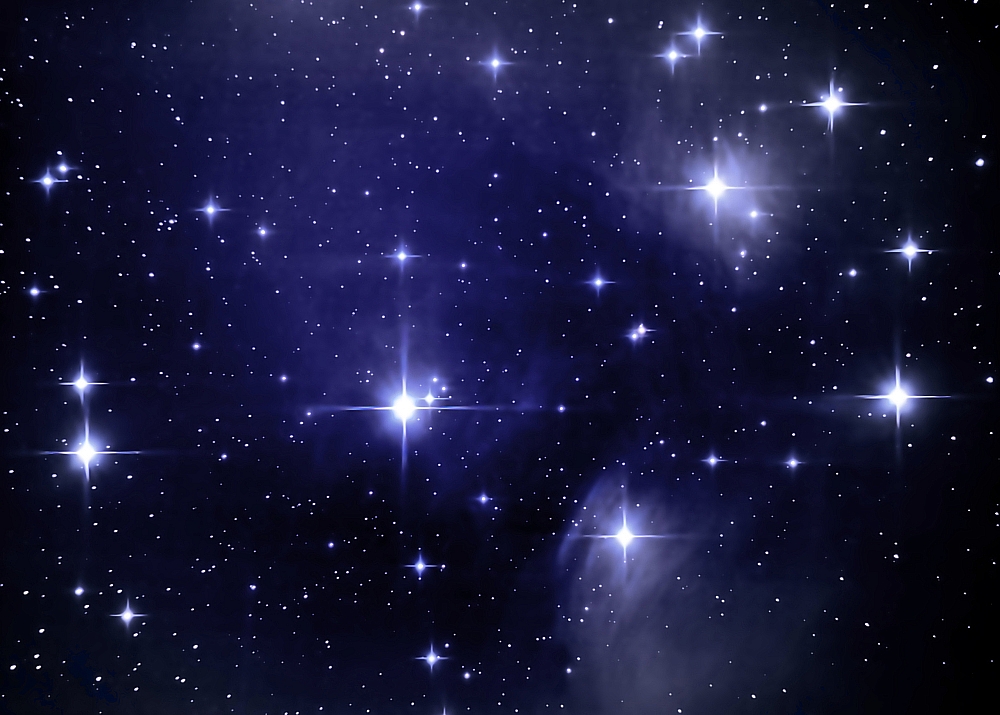
M45 - The Pleiades
(Nikon D50 at prime-focus on C8-N, ISO 200, no filters, 100 x 30s light frames + 100 x 30s dark frame stacked with DSS, processed in PS CS3 with Noel's Actions)

M36 - an open cluster in Auriga
(Nikon D50 at prime-focus on C8-N, ISO 200, no filters, 50 x 30s light frames + 50 x 30s dark frame stacked with DSS, processed in PS CS3 with Noel's Actions)
I might re-stack them in MaxIm DL later, to see if they come out any better. If they do, I'll post the results.
Why "Scooby" in the title? You work it out.

